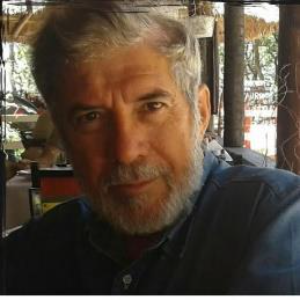Title : Antiviral activity of different molecules obtained from invertebrates against coronavirus
Abstract:
Introduction: The coronavirus has become known because of the COVID 9 pandemic. Coronaviruses cause epidemics not only in humans, but also in animals of commercial interest such as birds (Infectious bronchitis virus-IBV). The search for new antivirals has become an urgent need. This virus can be a good tool for studying the viral replication and antiviral action of substances against animals or human coronavirus. Many studies have been carried out with this aim. Among the multiple sources of research for new antivirals, bioprospecting for molecules obtained from arthropods is one of the options.
Objective. In this study, the objective was to identify compounds with antiviral effect against avian Coronavirus in propolis from Scaptotrigona aff postica, hemolymph from Lonomia obliqua and mygalin, a substance extracted from spiders.
Methods The propolis was obtained from a colony of Scaptotrigona aff postica, from Brazil. Lonomia obliqua hemolymph was obtained from wild caterpillars. The isolation and purification of antiviral substances from propolis and caterpillar hemolymph was performed by a Reverse-Phase HPLC DAD-ESI-MS/MS. Purified mygalin was obtained from the tarantula A. gomesiana. The antiviral assay was performed by reducing infectious foci in VERO cells. Cells were treated 1 hour before infection or 1 hour after infection, with 2, 5 and 10% of propolis or hemolymph and its purified or synthetic components.The cells were also infected with a mixture of viruses and the test substances kept in contact for 1 hour before adding to the cultures. For purified mygalin or its synthetic analogue was used in test 26, 52, 104 and 160 μM. Treated and untreated cells were infected with different amounts of coronavirus (100 to 1000 DCTI/50).
Result. Propolis and crude hemolymph reduced avian coronavirus by an average of 256x when used at a concentration of 5% v/v and an average reduction of 8x when 160μM of mygalin was used. Synthetic mygalin (26 uM), reduced viral replication by 16 times and the purified propolis reduced the virus replication an average of 32 times. The antiviral responses of the 3 substances were dose dependent, being 2 times more intense when added 1 hour before cell infection with the virus.



